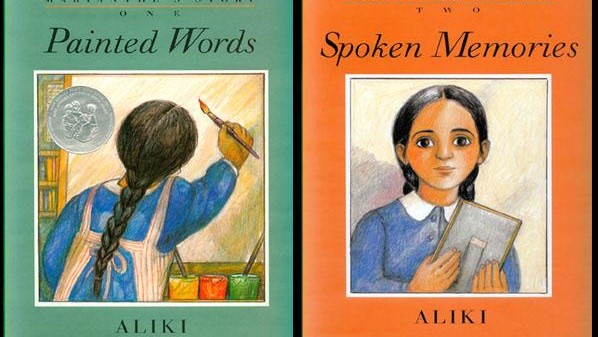
When you’re ready, watch the read-aloud video with your child(ren).
After Viewing
Talk about how the main character changes and remains the same between the two stories and how both stories together create a really good narrative.
No right or wrong answers for this one; encourage your child(ren) to be honest.
Follow up with asking your child(ren) to pick a way that would potentially work for them and having a discussion on why that might be helpful and how they could apply that in their own life.
She wouldn’t know anyone, she didn’t understand the language, she wouldn’t be understood, everything was so different, she was afraid.
Follow up with discussion possible solutions for each concern/worry.
She learned a new language, how to read and write, she learned to look and listen.
Note that she learned many new and important things in moving to another culture. Mari’s mother tells her to look, listen, and learn and that a body can talk, eyes can speak many words, and a smile is a smile in any language.
Even if you can’t understand another person’s language anyone can understand a smile. When you move to another location even if you don’t speak the language you can communicate with a smile.
Encourage your child(ren) to be honest and help them think of ways they can apply Mari’s mother’s advice in the future.
Allow your child(ren) the space to answer this honestly before you offer your own explanation. This is a valuable opportunity to hear your child(ren)’s point of view about the upcoming transition.





 COPYRIGHT © 1998-2024 JAARS, INC. |
COPYRIGHT © 1998-2024 JAARS, INC. | 